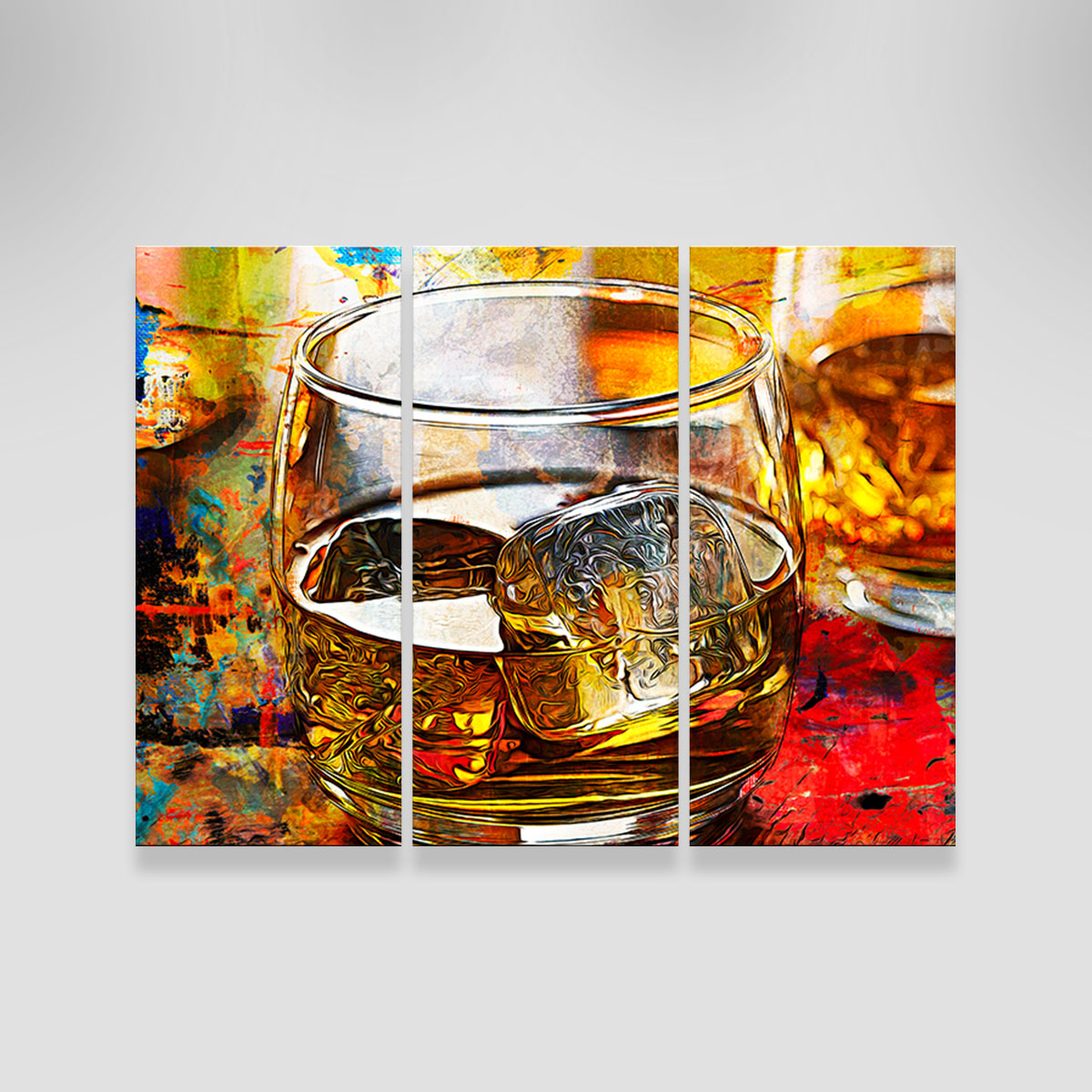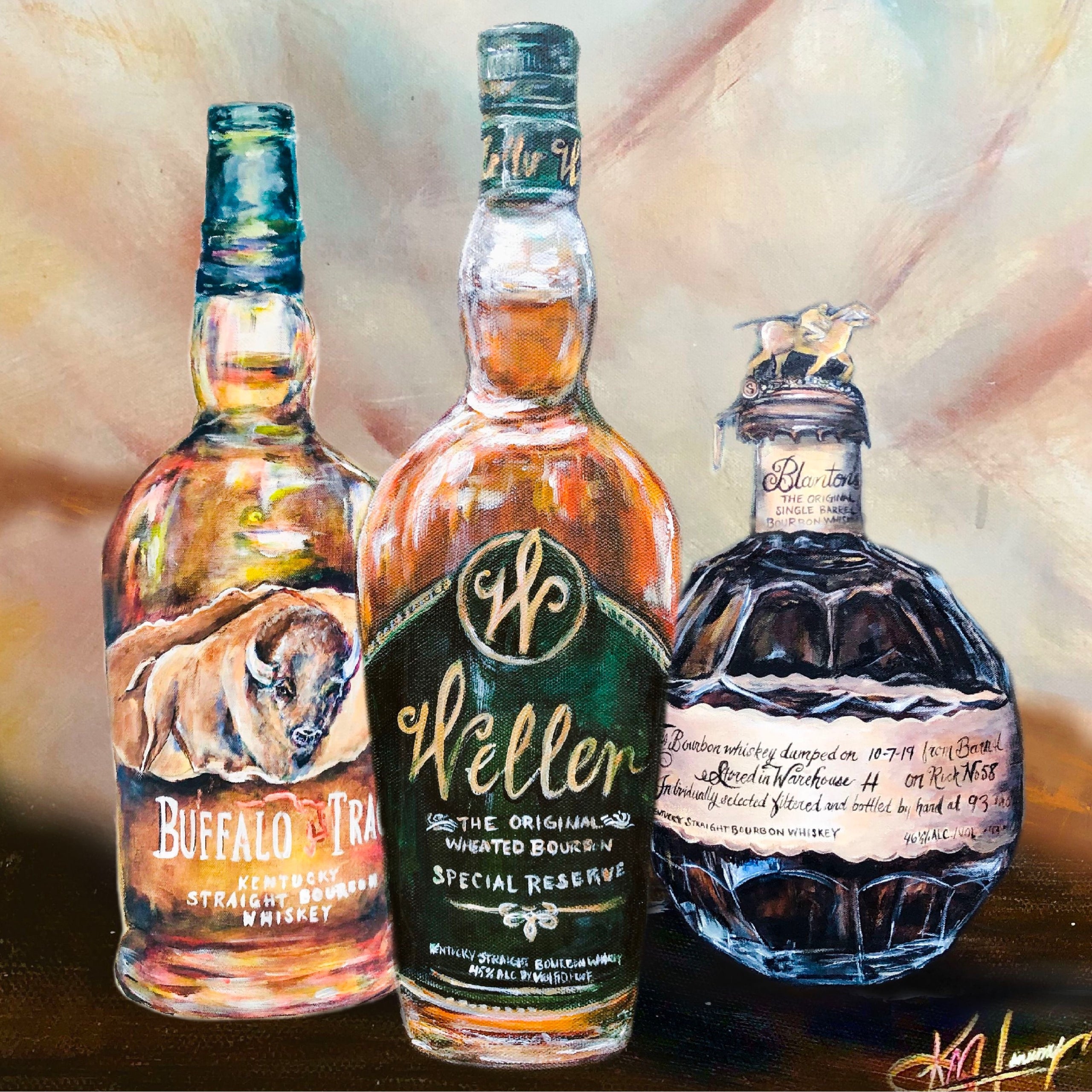The Appeal of Realism Art: A Deep Study Whiskey's Rich Heritage
The Appeal of Realism Art: A Deep Study Whiskey's Rich Heritage
Blog Article
The Relevance of Whiskey Art in Celebrating Heritage and Craftsmanship in the Beverage Industry
The detailed connection between scotch art and the event of heritage and workmanship within the drink industry can not be overstated. Through thoughtfully created tags and containers, bourbon brands envelop their historical roots and the artisanal abilities that define their manufacturing methods. This creative measurement not just enhances market appeal but additionally works as a channel for cultural storytelling, cultivating a deeper connection in between the consumer and the craft. As we discover the numerous elements of this subject, intriguing concerns concerning the influence of contemporary fads on traditional methods arise, motivating additional evaluation.
The Historic Roots of Whiskey
At the heart of bourbon's attraction lies a rich tapestry of historic origins that map back to old people. The origins of bourbon can be linked to the purification techniques of the Sumerians and Babylonians around 2000 BCE, where very early types of fermented grain drinks started to arise. It was in the Center Ages that the art of purification advanced significantly, especially in Ireland and Scotland, leading to the development of bourbon as we recognize it today.
The term "bourbon" itself obtains from the Gaelic word "uisce beatha," suggesting "water of life." This phrase highlights the social significance of scotch in Celtic cultures, where it was usually related to rituals, events, and common bonding. By the 15th century, distillation became an identified craft within monastic neighborhoods, leading the way for the establishment of lawful distilleries.
As profession courses increased, whiskey's popularity grew, transcending regional borders and recording the rate of interest of connoisseurs worldwide. Whiskey Art. This historic journey reflects not only the craftsmanship behind bourbon production yet likewise its integral function in social and social contexts, noting it as a significant drink throughout background
Artistic Expression in Branding
Bourbon branding stands as an engaging crossway of virtuosity and business, where visual identity plays an important duty fit customer assumption. The visual appeals of bourbon labels, product packaging, and advertising materials show not just the brand name's tale yet additionally its core worths and heritage. With creative expression, distilleries share a story that resonates with consumers, evoking emotions and sparking links.
Using shade, typography, and images in branding serves to separate products in a saturated market. Traditional motifs might stimulate a feeling of credibility and workmanship, while modern-day designs can signify technology and forward-thinking. This calculated imaginative direction boosts brand name acknowledgment and commitment, allowing customers to build an individual relationship with the scotch they pick.
Furthermore, imaginative expression in branding typically functions as an event of local heritage. Distilleries often integrate regional icons or historical referrals right into their designs, producing a local color that invites consumers to take part in a broader social experience. Eventually, the creativity behind whiskey branding not only boosts visual allure yet likewise enhances the general story of the brand name, cultivating a much deeper admiration for the workmanship and heritage ingrained in each container.
Craftsmanship in Container Layout
The creativity obvious in whiskey branding extends past aesthetic identity to encompass the workmanship entailed in container design. Each bottle offers as a vessel not just for the spirit within, yet likewise for the tale it outlines its quality, beginning, and practice. The style procedure requires careful interest to information, as components such as form, closure, and material contribute significantly to the general perception of the bourbon.
Craftsmanship in container style involves picking high-grade glass that can improve the scotch's color and quality, while likewise giving a responsive experience for the consumer. The silhouette of the container must be both visually appealing and practical, frequently showing the heritage of the brand. Many distilleries select unique shapes or printed logos that stimulate a feeling of authenticity and history.
Additionally, the tag style and typography play an essential duty in interacting the brand name's narrative. Bourbon Art. A well-crafted container not only mesmerizes the consumer's eye yet also reinforces the brand name's commitment to quality and practice. By doing this, the workmanship of container style comes to be an important aspect of the bourbon experience, combining creativity with a profound regard for heritage
Social Relevance of Whiskey Art
Commemorating practice and workmanship, the social significance of bourbon art goes beyond simple aesthetics, linking with the historic and social stories of the areas from which it comes from. Each container functions as a canvas, showing the special stories, folklore, and customs that have actually formed regional whiskey-making methods. The elaborate designs often show the heritage of the distillers, incorporating signs and motifs that resonate with the society and values of their areas.

Furthermore, whiskey art plays a crucial function in public celebrations and parties, serving as a concrete web link between people and their shared experiences. By appreciating the virtuosity in whiskey packaging, customers grow a much deeper understanding and respect for the craft, ultimately enriching their satisfaction of the beverage itself.
Modern Trends in Bourbon Presentation
Recently, the discussion of bourbon has progressed to mirror modern preferences and patterns while still honoring typical craftsmanship - Bourbon Art. Distilleries are increasingly focusing on aesthetic elements that boost the general drinking experience, connecting the gap between heritage and modernity
Ingenious bottle styles have actually arised, typically including lasting materials and creative labels that tell compelling stories. Several brands now team up with neighborhood artists, infusing their products with unique aesthetic expressions that resonate with consumers. Additionally, limited-edition launches are often packaged in collectible containers, adding worth and allure for lovers.

Verdict
Finally, bourbon art functions as an important avenue for revealing the heritage and craftsmanship inherent in the beverage sector. Through detailed branding, innovative container layouts, and culturally substantial artistic components, scotch brand names effectively honor their customs and attach with customers. This creative story not just elevates the appreciation of scotch however also reinforces neighborhood identity dig this and pride among producers. Ultimately, scotch art plays a necessary function in preserving and commemorating the rich cultural tapestry of whiskey-making.


Workmanship in container style includes choosing high-quality glass that can enhance the whiskey's shade and quality, while likewise supplying a tactile experience for the customer. In this means, the workmanship of bottle design comes to be a crucial element of the bourbon experience, combining artistry with an extensive respect for heritage.
In final thought, scotch art serves as an essential avenue for revealing the heritage and workmanship intrinsic in the beverage industry.
Report this page